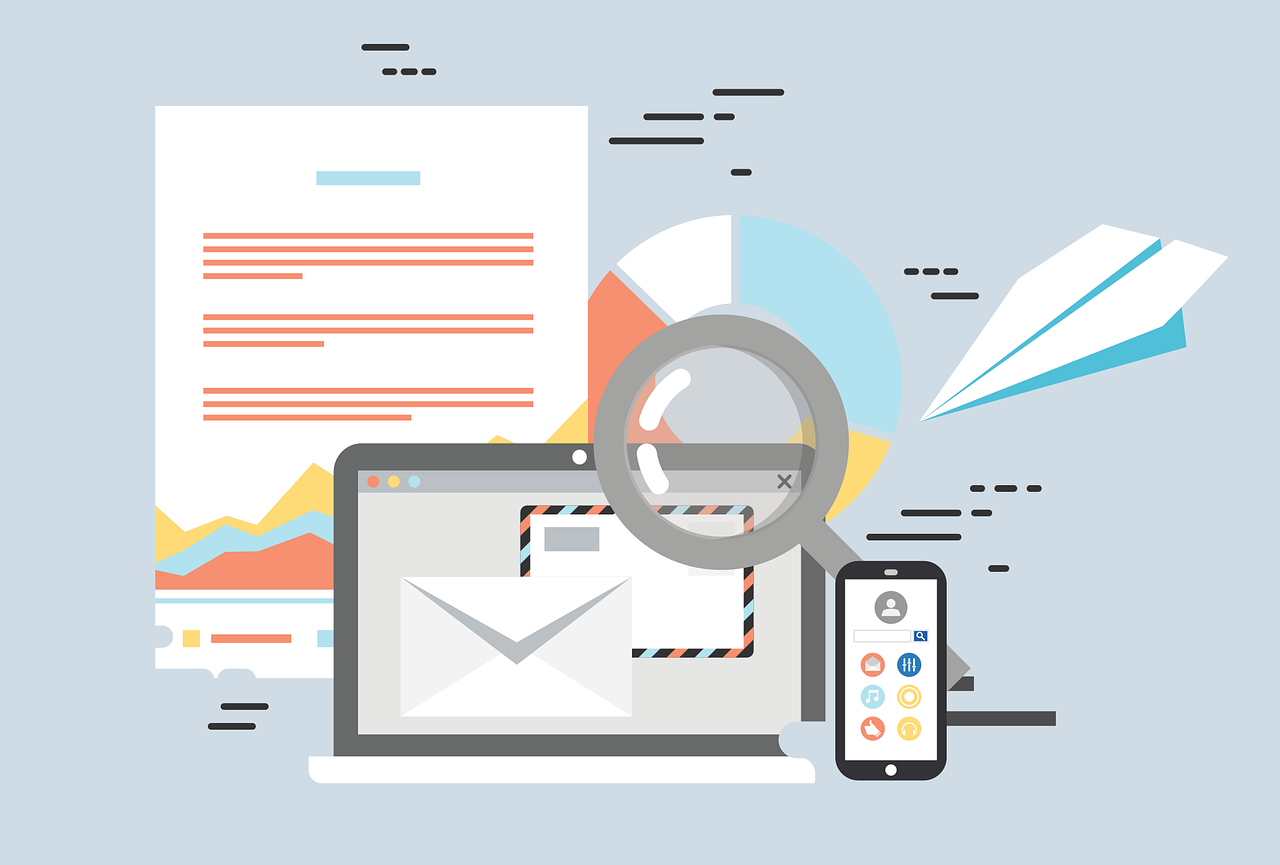In the fast-paced world of digital marketing, e-mail remains a powerful tool for businesses to engage with their audience. However, to truly harness the power of e-mail marketing, it’s essential to track the right metrics. Understanding these metrics not only helps in evaluating the success of your campaigns but also in refining strategies for better results. This blog post will guide you through the crucial e-mail marketing metrics you should track and why they matter.
Understanding the Importance of E-Mail Marketing Metrics
E-mail marketing metrics provide valuable insights into how your campaigns are performing. By analyzing these metrics, you can understand what’s working and what’s not, enabling you to make data-driven decisions. In fact, businesses that adopt a data-driven approach to e-mail marketing report an average ROI of 42:1 according to the Data & Marketing Association.
Why Metrics Matter
Your e-mail marketing efforts are only as good as the data you collect. Metrics help in identifying areas that need improvement, understanding audience behavior, and enhancing engagement. Without tracking these KPIs, you’re essentially flying blind, unable to optimize your strategies for maximum impact.
Key E-Mail Marketing Metrics to Track
Open Rate
The open rate is one of the most basic yet crucial metrics. It indicates the percentage of recipients who opened your e-mail. A good open rate varies by industry, but the average is around 17-28%. To improve your open rate, focus on crafting compelling subject lines and ensuring your emails are relevant to the audience.
Click-Through Rate (CTR)
CTR measures the percentage of recipients who clicked on one or more links in your e-mail. A high CTR indicates that your content resonates with your audience. On average, a good CTR is around 2.5%. To boost CTR, ensure that your e-mail content is engaging and that your call-to-action (CTA) is clear and enticing.
Bounce Rate
Bounce rate refers to the percentage of e-mails that were not delivered to the recipient’s inbox. There are two types of bounces: soft and hard. Soft bounces are temporary issues like a full inbox, while hard bounces are permanent, such as invalid e-mail addresses. Keeping your bounce rate low is crucial for maintaining a good sender reputation.
Conversion Rate
Your conversion rate is the percentage of recipients who completed a desired action, such as making a purchase or signing up for a webinar. This metric directly ties your e-mail campaigns to revenue generation. To improve conversion rates, align your e-mail content with the recipient’s journey and ensure a smooth follow-through process.
Unsubscribe Rate
While it might seem counterintuitive, tracking your unsubscribe rate is vital. It provides insight into whether your e-mail content is aligned with the interests of your audience. A low unsubscribe rate is generally a sign of healthy e-mail engagement. If you notice a spike, consider revisiting your content strategy.
Advanced E-Mail Marketing Metrics
List Growth Rate
The list growth rate measures the rate at which your e-mail list is growing. A steady increase in subscribers indicates successful marketing efforts and audience interest. Aim for a monthly growth rate of around 1-3%. Encourage sign-ups by offering valuable content and optimizing your subscription forms.
Forwarding/Share Rate
This metric shows the percentage of recipients who shared your e-mail with others. A high forward rate indicates that your content is not only engaging but also share-worthy. Include social sharing buttons and encourage readers to forward your e-mails to their network.
ROI (Return on Investment)
ROI measures the revenue generated from your e-mail campaigns compared to the cost of running them. A high ROI confirms that your e-mail marketing efforts are profitable. To maximize ROI, continuously test and optimize your campaigns for better performance.
Actionable Tips to Improve E-Mail Marketing Metrics
Segment Your Audience
Audience segmentation helps in sending targeted e-mails, resulting in higher engagement rates. Group your subscribers based on demographics, purchase history, or engagement levels to tailor your e-mail content accordingly.
Personalize E-Mail Content
Personalization goes beyond using the recipient’s name. Customize e-mail content based on past interactions, preferences, and behaviors to create a more personalized experience. Personalized e-mails have a higher open rate and can significantly improve engagement.
Test and Optimize
Regularly A/B test different elements of your e-mails such as subject lines, CTAs, and images. Use the results to optimize your campaigns for better performance. Testing helps in understanding what resonates best with your audience.
Conclusion
Tracking the right e-mail marketing metrics is essential for optimizing your campaigns and achieving your business goals. By understanding and analyzing these key metrics, you can make informed decisions that enhance your e-mail marketing strategy. Remember, the key to successful e-mail marketing lies in continuous testing, learning, and optimizing. Start tracking these metrics today to unlock the full potential of your e-mail marketing efforts.
